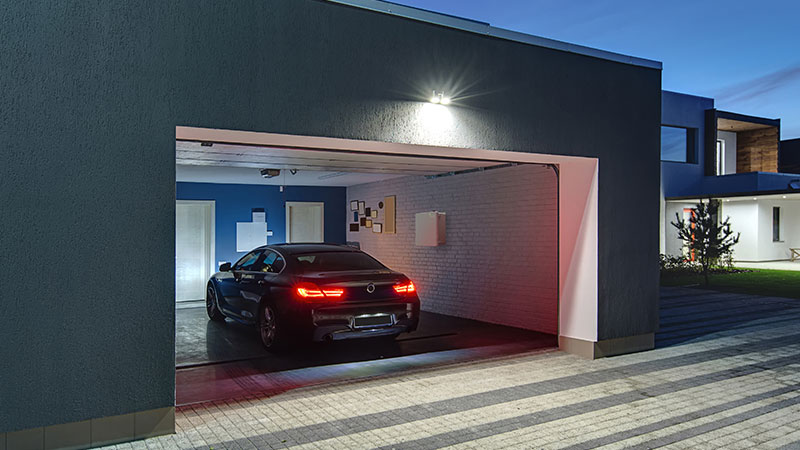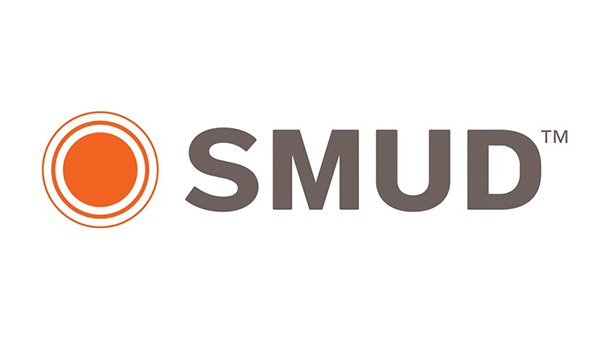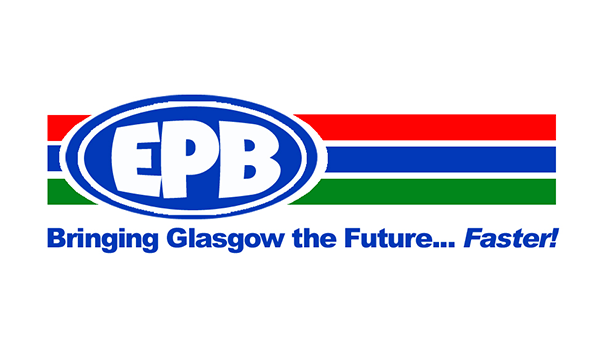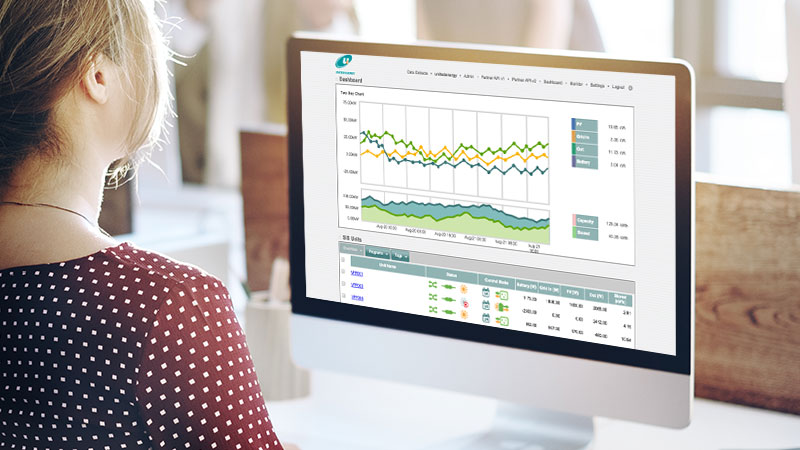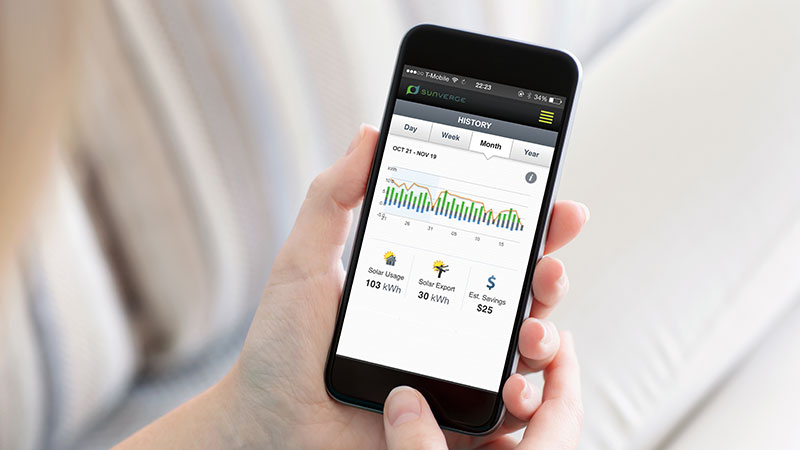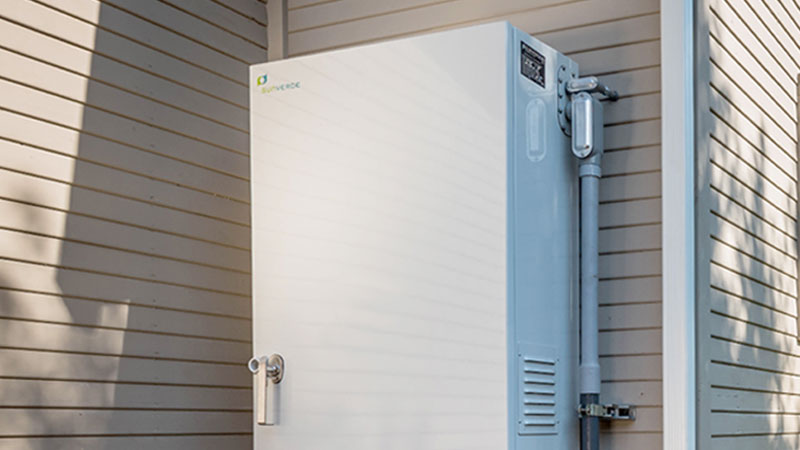- When the grid faces peak demand strain, utilities can direct smart renewable energy systems to reserve power and/or act as the primary source of power for demand management and peak shaving.
- In a case where there is a large installed base of smart renewable energy systems within one utility’s territory, during a potential outage the grid operator may want to link all the systems on a network into a “virtual power plant” that can act as one large generation source so consumers won’t even know there’s been a disruption.
- Ensuring storage batteries last as long as possible while operating at top efficiency by choosing the best duration and timing of charging cycles.
- Choosing the most economical time to run such processes as heating hot water and swimming pools.
- Making “smart” thermostats, such as the Nest system, truly smart by directing energy management systems to pull power from the storage battery or, alternatively, from the grid when most economical.
- Giving homeowners an accurate way to assess the quality and efficiency of their solar or other renewable-energy installation.
